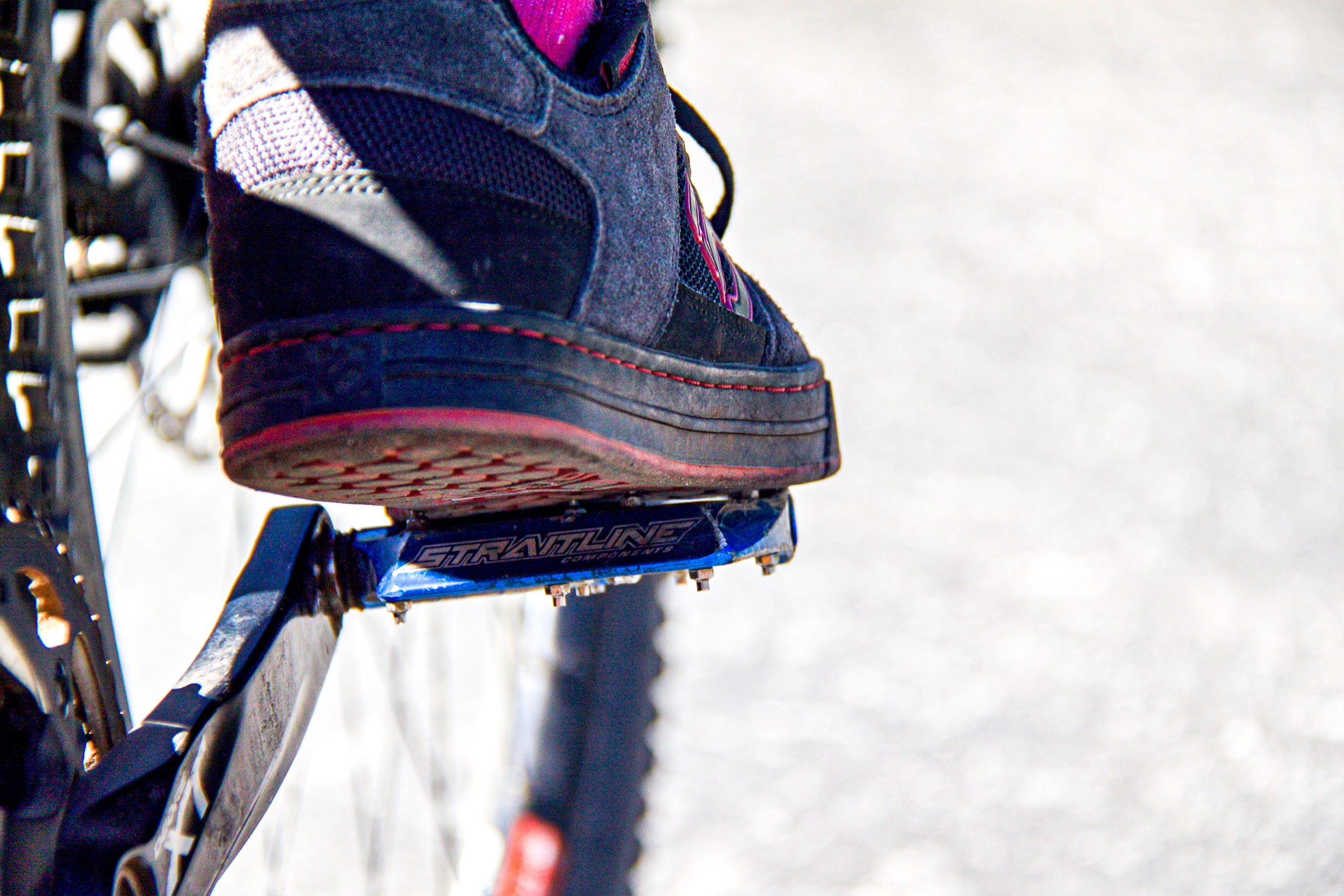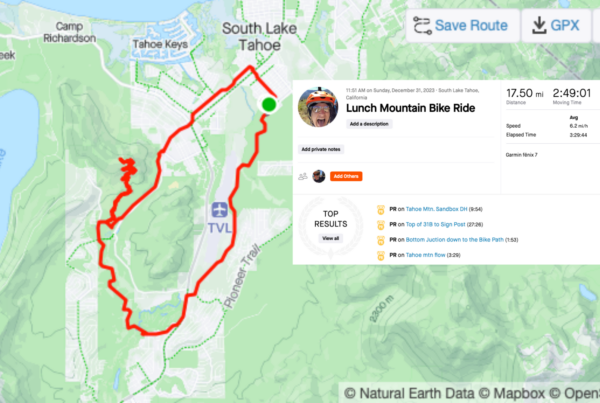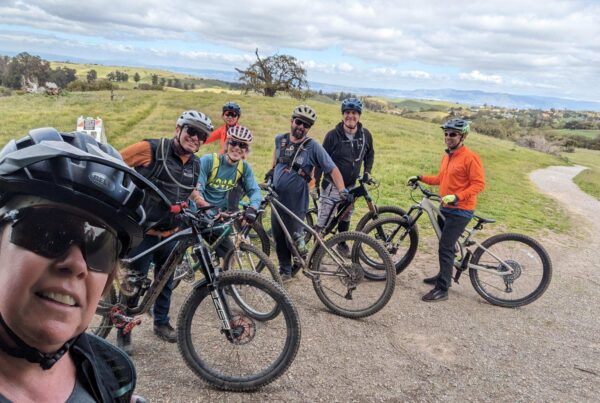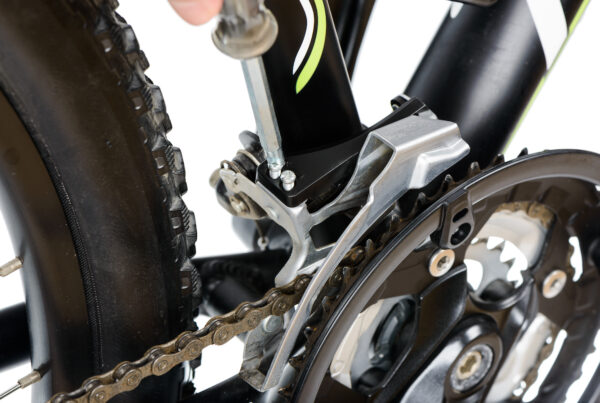Being as efficient as possible on your mountain bike is one of the key factors on making sure you only expend as much energy as you need. This translates to riding longer and having more fun. In past articles we’ve talked about mtb balance, your hand position on handlebars, and even mountain bike position – all key building blocks of making yourself a better rider. This article we delve into cycling pedal stroke.
Just The Basics Ma’am
Just like swimming or cross-country skiing where you need to generate power in a repetitive motion, the cycling pedal stroke can get quite technical quickly. Our focus for this discussion is on the introduction of how to pedal properly. If you want to go even deeper into this topic, we recommend signing up for a class and working on it firsthand.
 Round And Round We Go…Or Do We?
Round And Round We Go…Or Do We?
For years we were taught and guided that we should focus on going around in circles. That we should pull through the top of the movement. To keep even pressure on the pedals throughout it. Through the latest research, this has been called into question.
Drive Baby – Drive!
Rather, they’ve found that driving with the lead foot is the most efficient way to pedal. At the same time, get the trailing leg out of the way so it doesn’t interfere with that forceful down stroke. Some of the experts in cycling changing their philosophies includes James Wilson, Dr. Andrew Coggan, and Darcy Norman.
The Fundamentals
While pedaling in circles is the most efficient mechanically, it’s not how our body is designed to operate. It’s not a good lower body movement. You want to drive with the lead leg and finish strong with a powerful extension of the hip. And then once you’ve swung through, you’ll switch and drive the other leg forward. You then repeat the process over and over.
What Else?
In addition to pumping through each stroke, another focus point is on foot placement. The ball of your foot should be just a bit past the front of the pedal spindle. As you pedal, you want to drop your heels and not point the toe. Known as “ankling” from the apex of the stroke, you then drive the heel downward. Think of it like scraping mud off the bottom of your shoe. When it becomes the trailing leg, you release the pressure from the heel letting it lift slightly.
If you want to learn more about how to train your body for these movements, check out James Wilson’s video:


 Round And Round We Go…Or Do We?
Round And Round We Go…Or Do We?

